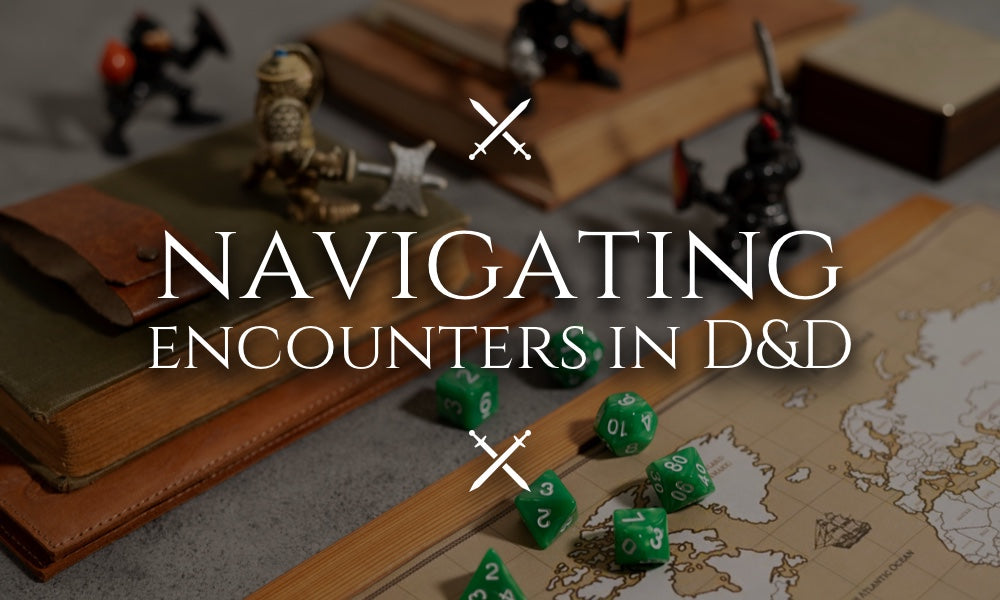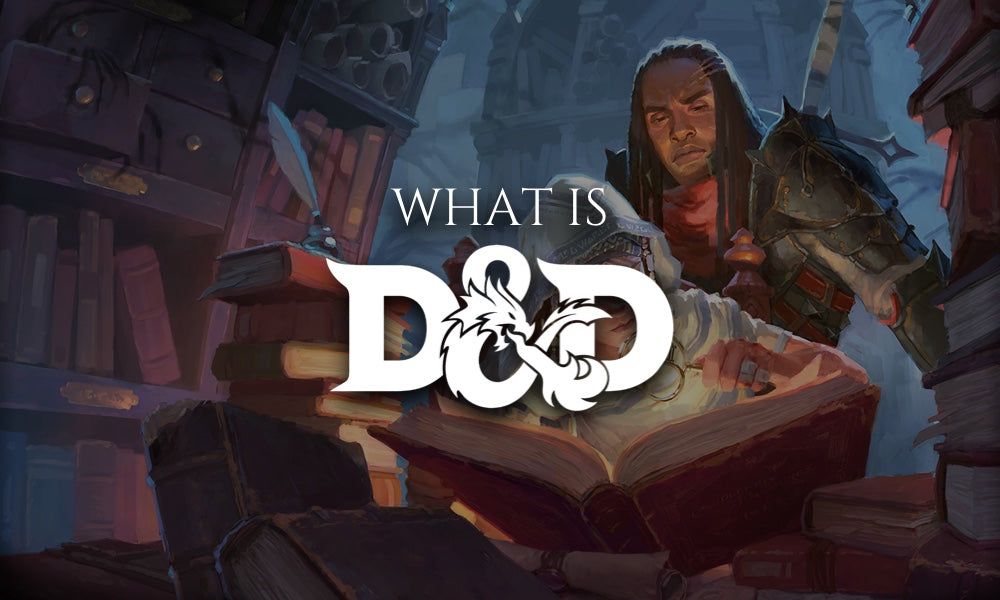
Navigating Encounters in Dungeons & Dragons: Tips and Tricks for Success
Combat Encounters
Combat is an integral part of many Dungeons & Dragons (D&D) games, as it allows characters to face off against enemies and overcome challenges. Here are some of the basic rules for combat in D&D:
-
Initiative: At the start of combat, all characters and enemies roll initiative to determine the order in which they will take their turns. This is typically done by rolling a d20 and adding the character's dexterity modifier.
-
Actions: On a character's turn, they can take a variety of actions, such as attacking, moving, casting a spell, or using an item. Each character is typically allowed one action and one bonus action on their turn, though some abilities and class features may allow for more.
-
Attacks: When a character makes an attack, you first have to check the accuracy of your strike, this is called an Attack Roll. The player must roll a d20 and add their attack bonus (which is based on their ability scores and proficiency bonus) to determine if the attack hits. If the total equals or exceeds the target's armour class (AC), the attack hits and the target takes damage.
-
Damage: When a character takes damage, they subtract the damage from their current hit points (HP). If a character's HP is reduced to 0 or below, they are unconscious and may be dying. The player will have to make death saving throws to determine their faith. If a character's HP is reduced to a negative number equal to or greater than their maximum HP, they are killed.
-
Movement: Characters can move a certain distance on their turn, as determined by their speed (Normally 30"). Characters can also take the disengage action to move away from enemies without provoking an opportunity attack.
-
Special rules: There are many other rules and considerations that can come into play during combat, such as cover, critical hits, and environmental hazards. It's important to consult the DM and the relevant rules when these situations arise.
Combat in D&D can be complex and can involve many different mechanics and considerations. However, D&D is meant to be fun and the rules are there to serve that purpose.
Non-Combat Encounters
Social Encounters
While combat is an important part of Dungeons & Dragons (D&D), it's not the only type of encounter that characters will face. Non-combat encounters, also known as social encounters, involve interacting with non-player characters (NPCs) and using skills such as persuasion, deception, and intimidation to achieve a desired outcome.
Here is a step-by-step for navigating social encounters in D&D:
- Determine the relevant skill: The Dungeon Master (DM) should determine which skill is appropriate for the task at hand. This might be persuasion, deception, intimidation, or another relevant skill. The character's ability score that is associated with that skill (such as Charisma for Persuasion) will also be relevant.
- Roll the dice: The next step is to roll the dice to determine the outcome of the skill check. In D&D, skill checks are typically made using a d20.
- Add modifiers: After rolling the dice, the player should add any relevant modifiers to the result. This might include the character's ability score modifier (such as their Charisma modifier) and any proficiency bonus they have in the relevant skill.
- Compare to the difficulty class (DC): The final step is to compare the total result of the roll plus modifiers to the difficulty class (DC) of the task. If the result equals or exceeds the DC, the skill check is successful. If the result is lower than the DC, the skill check fails.
It's important to note that the DC of a skill check can vary, depending on the task being attempted and the circumstances. The DM sets the DC based on the difficulty of the task. For example, persuading a highly resistant NPC might have a higher DC than persuading a more receptive NPC.
Skill Checks
In Dungeons & Dragons (D&D), a skill check is a roll made to determine whether a character's attempt to perform a specific task is successful. When a character tries to do something that has a chance of failure, the Dungeon Master (DM) might ask the player to make a skill check.
For example, if a character is trying to pick a lock, the DM might ask the player to make a Dexterity check using a d20 and the character's Dexterity modifier. If the result of the roll plus the modifier equals or exceeds the difficulty of the lock, the character is successful and the lock is picked.
Skill checks can be used to determine the outcome of a wide variety of tasks, including climbing a wall, sneaking past guards, convincing an NPC to do something, and much more.
Each character has a set of skills that they are proficient in, and they receive a bonus to skill checks made using those skills. For example, a character with proficiency in the Stealth skill would receive a bonus to Stealth checks.
The difficulty of a skill check can vary, depending on the task being attempted and the circumstances. The DM might use a fixed difficulty (such as a lock with a difficulty of 20), or they might set the difficulty based on the situation (such as an NPC who is particularly resistant to persuasion).
Skill checks are an important part of D&D, as they allow characters to use their skills and abilities to overcome challenges and achieve their goals. By understanding how skill checks work and how to use them effectively, players can enhance their characters' chances of success in the game.
So, that's an overview of the main systems in D&D. Now you have a basic understanding of these, you'll have a better idea of what the hell is going on in your first D&D session.


